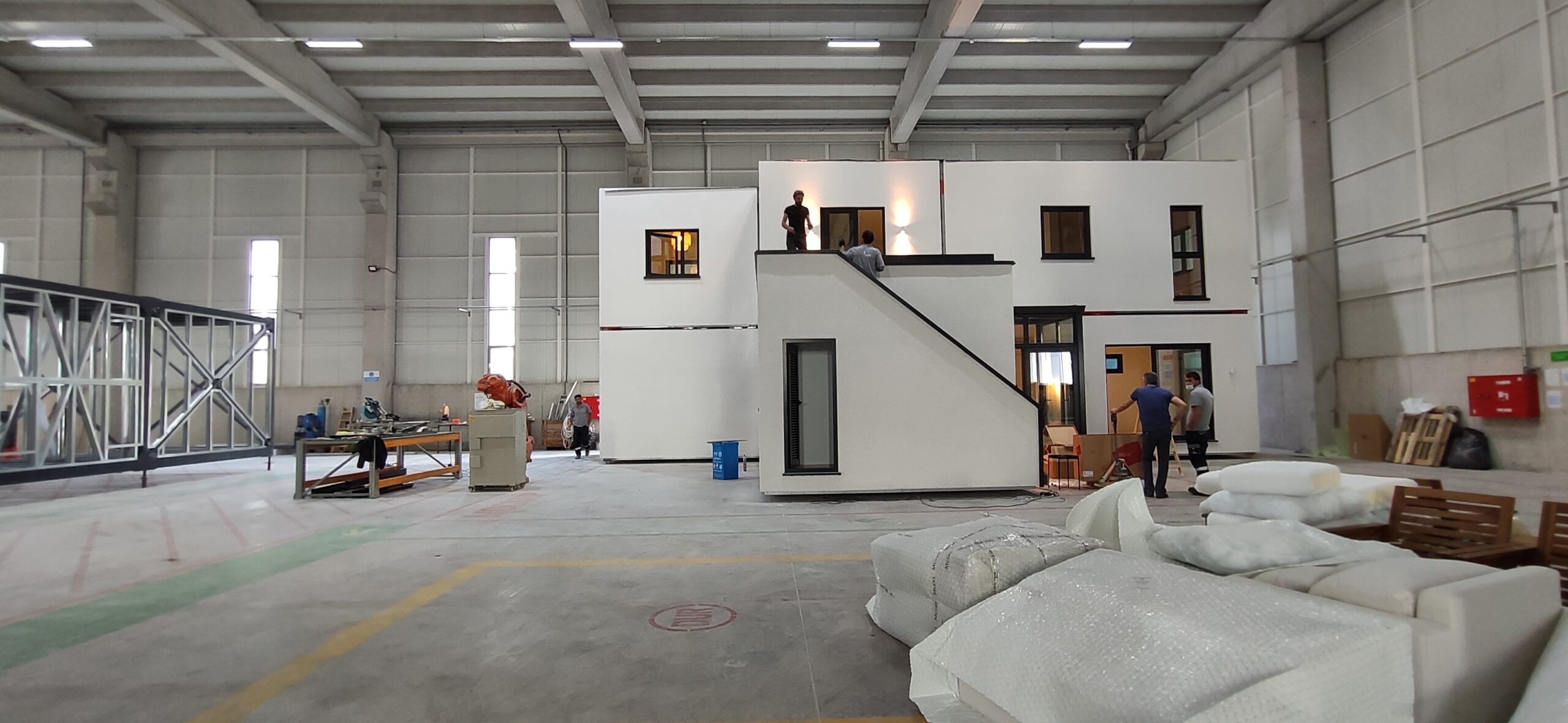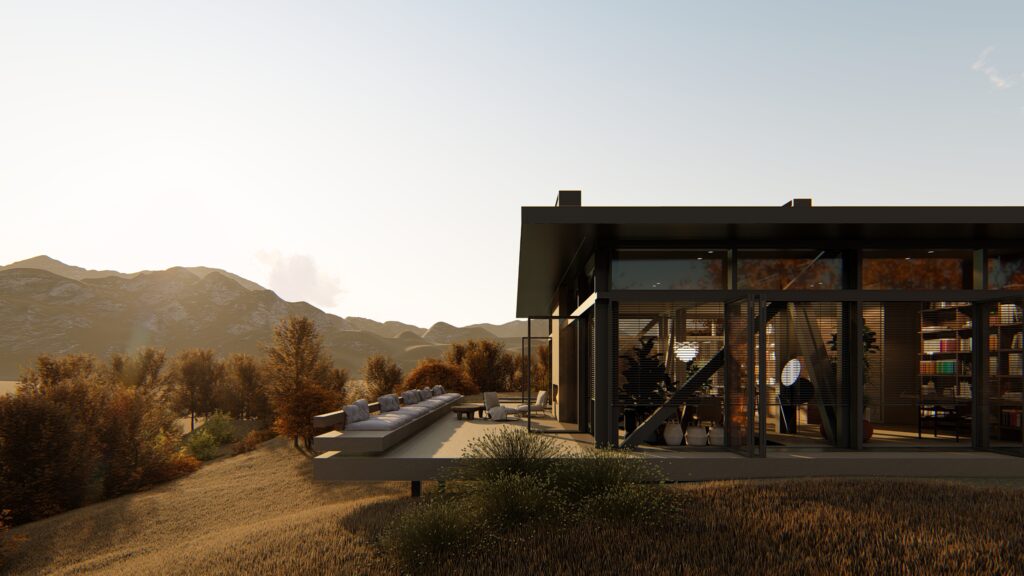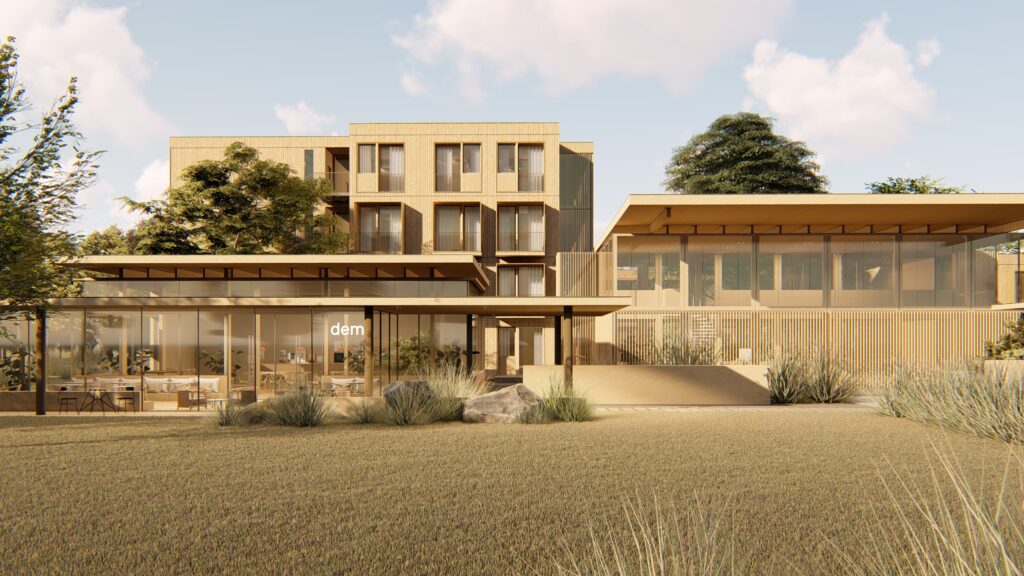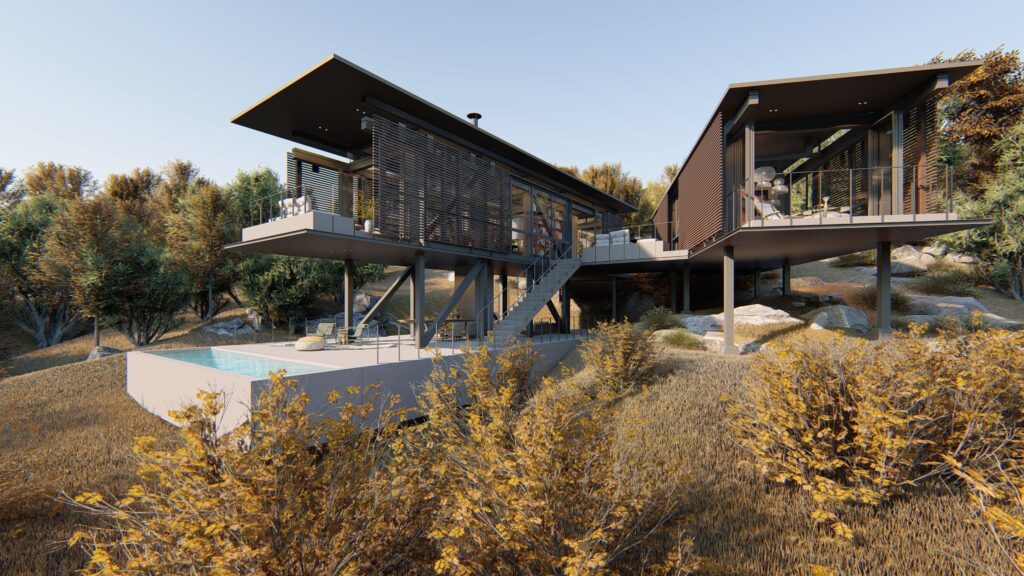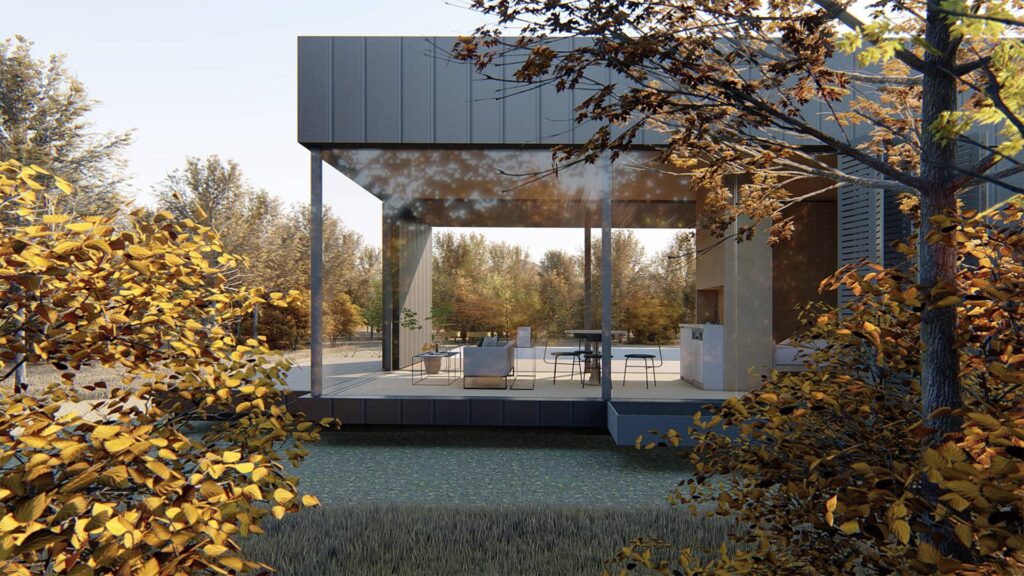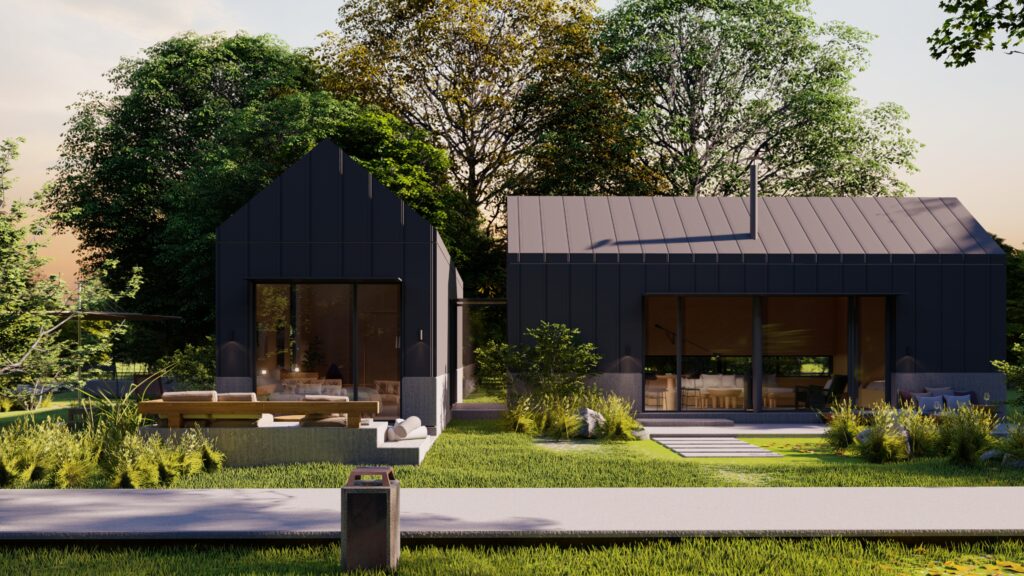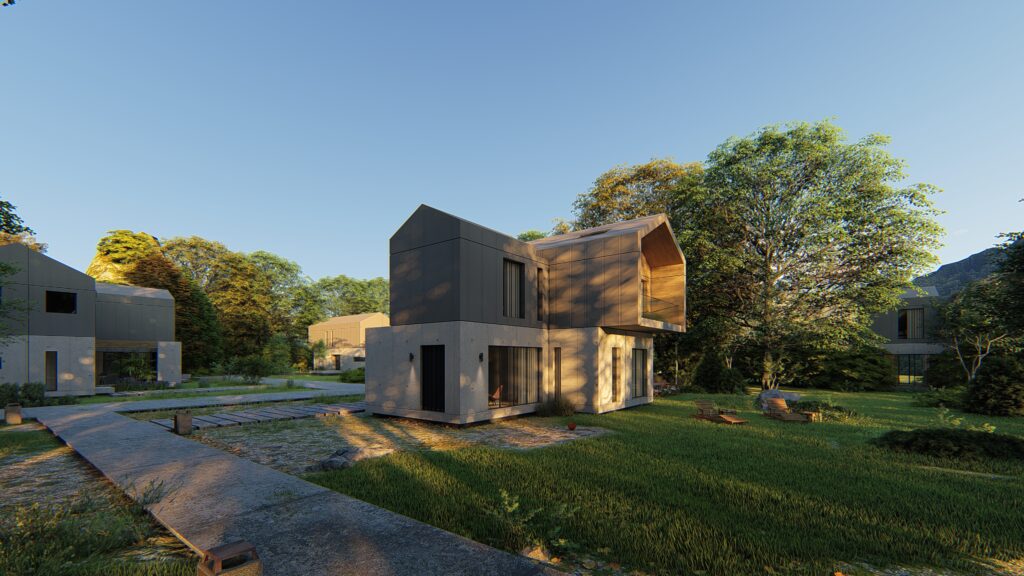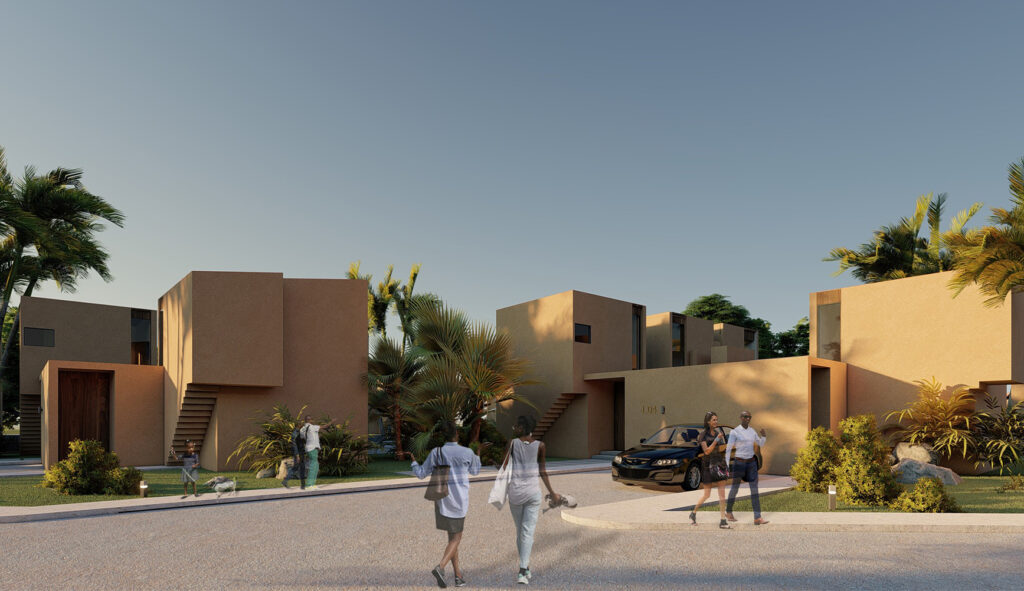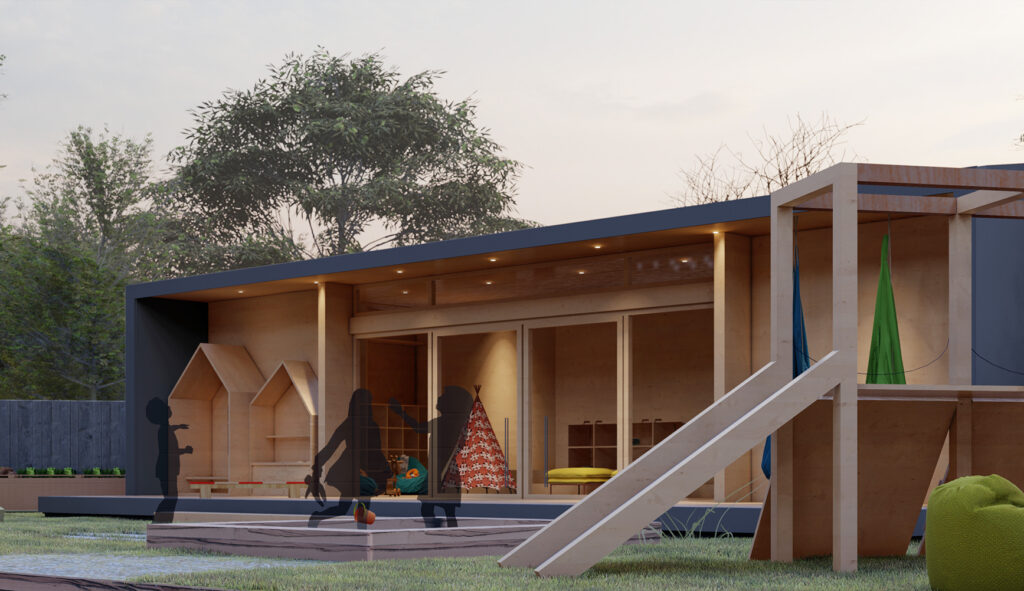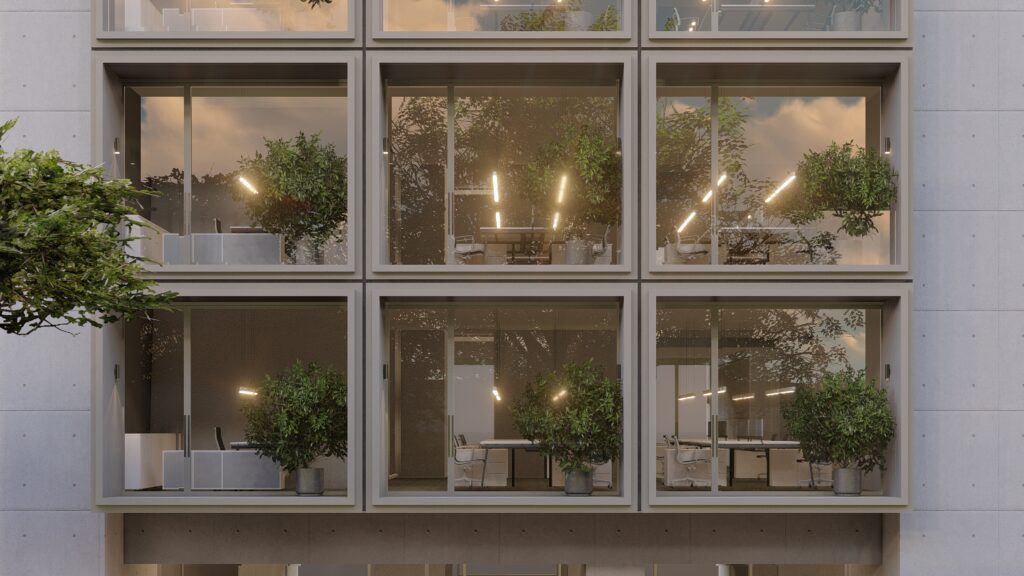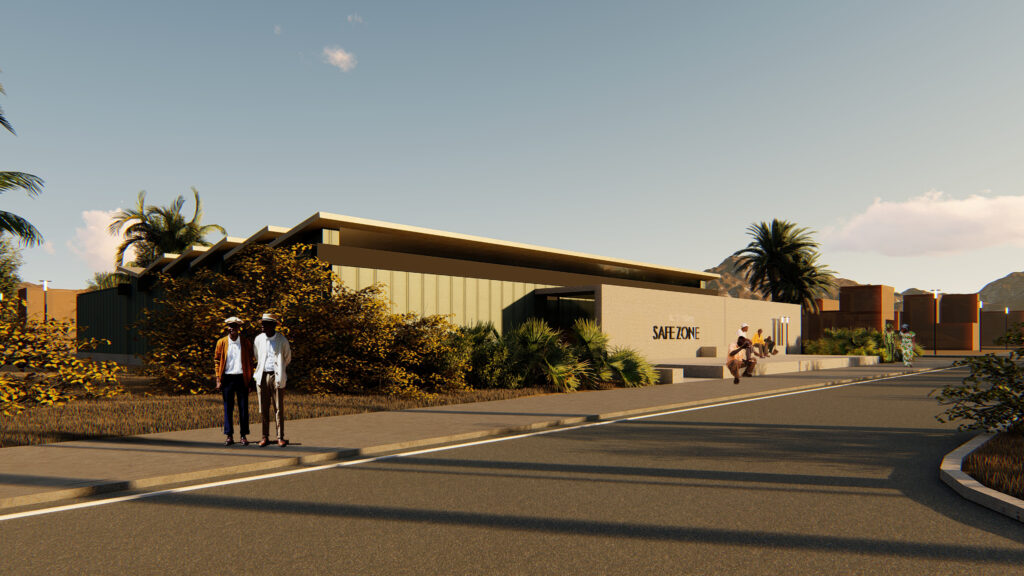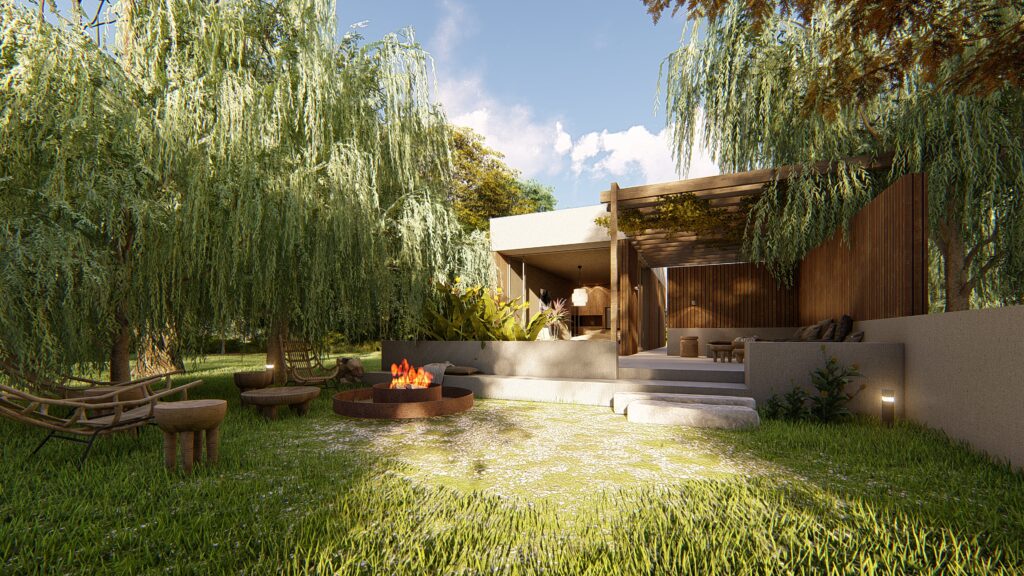MatrixLab.
MatrixLab: Innovating Design for Industrialized Construction
At MatrixLab, we specialize in architectural design tailored to industrialized construction methods, with a strong focus on modular and off-site construction. Our expertise lies in collaborating with manufacturers and developers to deliver designs that are both efficient to produce and striking in their architectural quality.
We understand the unique challenges of industrialized construction and use design as a tool to add substantial value to our projects. Through thoughtful innovation, our aim is to create buildings that not only meet the demands of functionality and speed but also stand out for their aesthetic appeal and versatility.
– Tailored Design Solutions: Every project is approached with a deep understanding of industrial processes, ensuring that our designs are easy to manufacture and install.
– Market-Ready Aesthetics: We believe buildings should be recognized for their visual and experiential impact, not just their efficiency. Our designs are crafted to resonate with modern users while aligning with your production capabilities.
– Collaborative Partnership: We work closely with manufacturers and developers from concept to completion, ensuring seamless integration between design and production.
– Innovative Architectural Quality: Our designs make modular buildings noteworthy for their design, setting them apart in the market and contributing to long-term success.
We look forward to collaborating, to create exceptional, efficient, and innovative structures that push the boundaries of industrialized construction.
